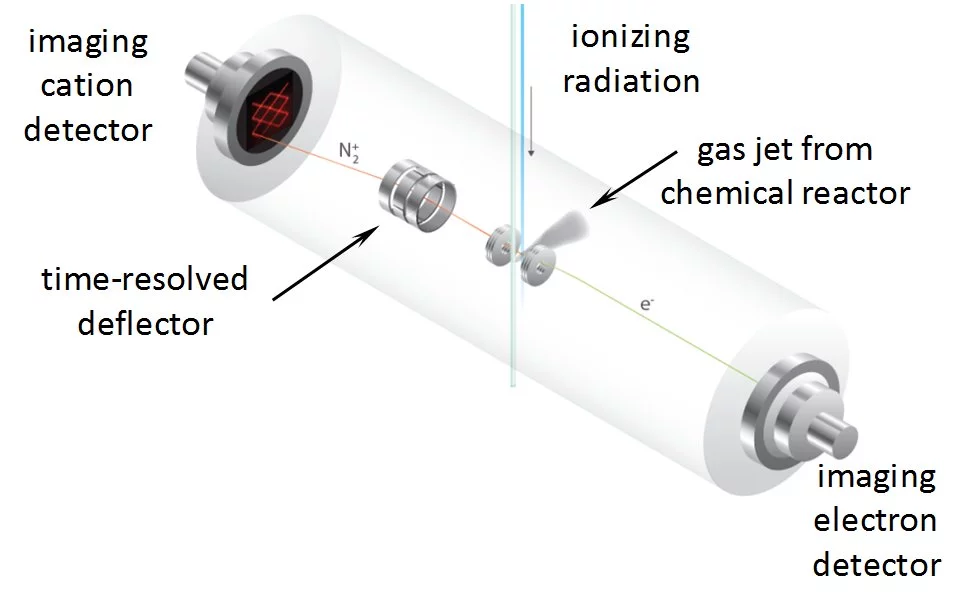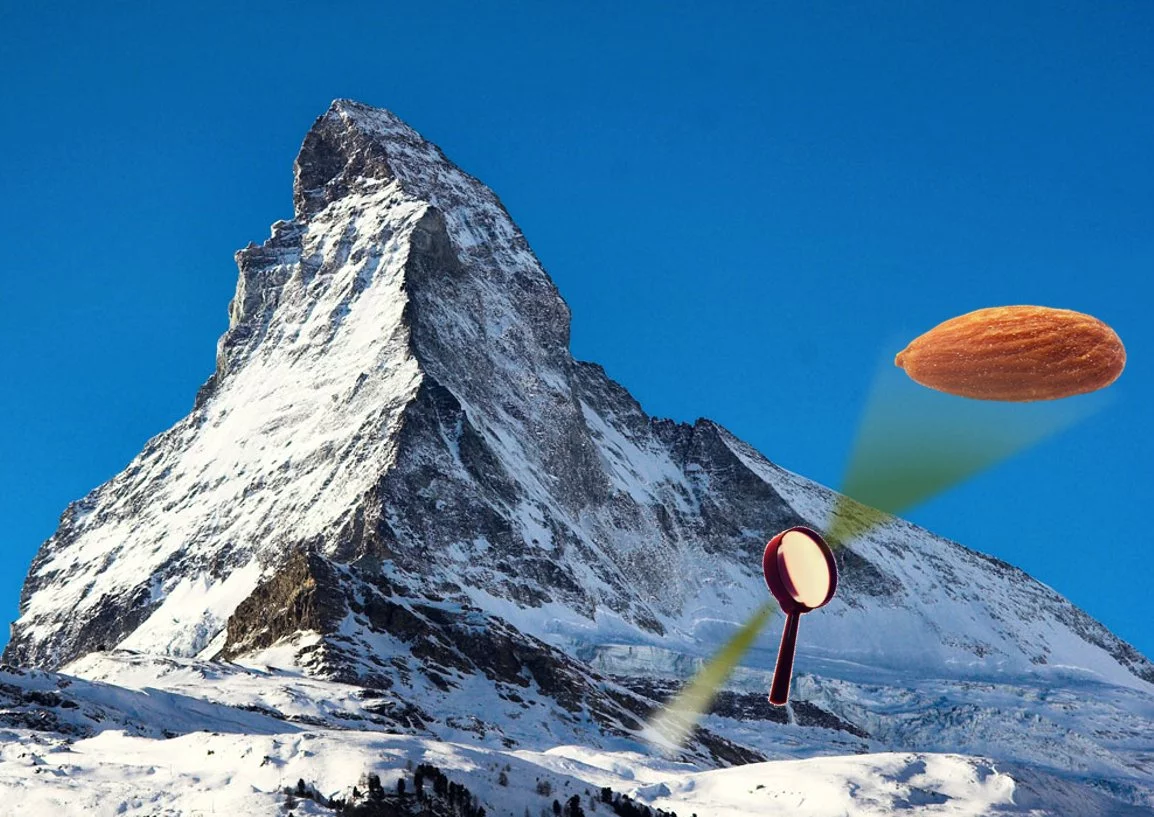In photoionization mass spectrometry, vacuum ultraviolet light ionizes a neutral species, and the mass of the photoion is measured. It is a powerful analytical tool to identify trace amounts of exotic molecules, reactive intermediates, and elusive but important radicals. The energy distribution of the photoelectron provides an isomer-specific fingerprint that can only be recovered by detecting coincidences: the photoion and the photoelectron belonging to single ionization events. However, if we correlate pairs of an electron and an ion that come from different ionization events, such "false" coincidences contain no useful information, and only obscure weak and important true signals.
Researchers at the University of the Pacific, the Combustion Research Facility of Sandia National Laboratories, and the Swiss Light Source have invented a new approach that allows the identification and removal of false coincidences from continuous coincidence experiments for the first time. This breakthrough heralds a new era of analytical applications of photoionization, and will enable the identification and quantification of products in gas phase chemical reactions with unprecedented accuracy. The invention rests on the deflection of a cation's impact to a predetermined location on a detection screen. By precisely controlling deflection voltages, the ion's position and detection time distinguishes true coincidences from false ones. When a cation is detected at a position and a time that do not match, the coincidence can be removed from the dataset. The technique improves the dynamic range of the experiment by a factor of more than 100 compared to the traditional approach without rastering cation impact positions. The achieved dynamic range of better than 100 000 : 1 is similar to identifying an almond lying at the foot of Matterhorn. This advance will accelerate discovery in gas phase physical chemistry, and identify short-lived reactive intermediates that lie at the heart of reaction Dynamics with better sensitivity and selectivity than ever before.
Contact
Dr. Andras BodiVUV Spectroscopy Group
Paul Scherrer Institut
Telephone: +41 56 310 44 71
E-mail: andras.boedi@psi.ch
Original Publication
Breaking Through the False Coincidence Barrier in Electron–Ion Coincidence ExperimentsDavid L. Osborn, Carl C. Hayden, Patrick Hemberger, Andras Bodi, Krisztina Voronoba, and Bálint Sztáray
The Journal of Chemical Physics, 31 October 2016
DOI: 10.1063/1.4965428

